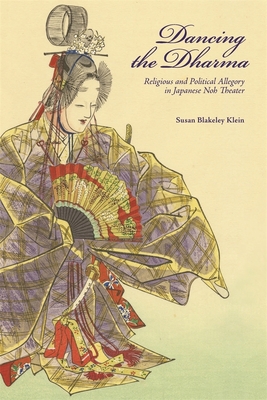
2006
First Published
5.00
Average Rating
424
Number of Pages
Part of Series
In Classical China, crafted artifacts offered a material substrate for abstract thought as graphic paradigms for social relationships. Focusing on the fifth to second centuries B.C., Martin Powers explores how these paradigms continued to inform social thought long after the material substrate had been abandoned. In this detailed study, the author makes the claim that artifacts are never as a distinctive possession, each object—through the abstracting function of style—offers a material template for scales of value. Likewise, through style, pictorial forms can make claims about material "referents," the things depicted. By manipulating these scales and their referents, artifacts can shape the way status, social role, or identity is understood and enforced. The result is a kind of "spatial epistemology" within which the identities of persons are constructed. Powers thereby posits a relationship between art and society that operates at a level deeper than iconography, attributes, or social institutions. Historically, Pattern and Person traces the evolution of personhood in China from a condition of hereditary status to one of achieved social role and greater personal choice. This latter development, essential for bureaucratic organization and individual achievement, challenges the conventional opposition between "Western" individuals and "collective" Asians.
Avg Rating
5.00
Number of Ratings
3
5 STARS
100%
4 STARS
0%
3 STARS
0%
2 STARS
0%
1 STARS
0%
goodreads
Author
Martin J. Powers
Author · 2 books
Martin Powers (b. 1949) is the Sally Michelson Davidson Professor of Chinese art and culture at the University of Michigan, and a widely-published author on Chinese art and culture. His books include Pattern and Person: Ornament, Society, and Self in Classical China (2006). He is a two-time recipient of the Joseph Levenson Book Prize. Powers received his undergraduate education at Shimer College, and his graduate training at the University of Chicago, where he completed his Ph.D. in 1978. (from Shimer College Wiki)


